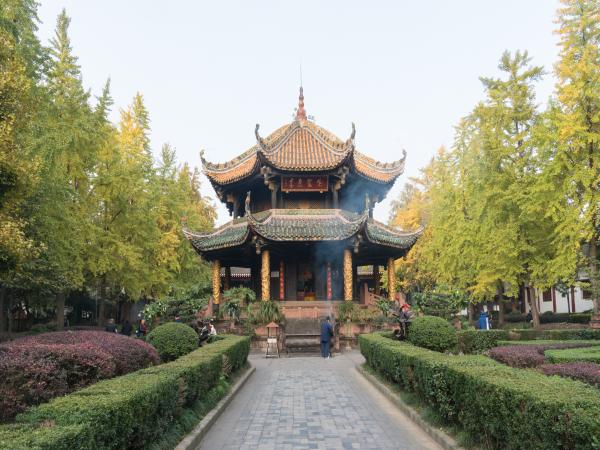The Top 10 Palaces in China
As jewels of China's ancient architectural art, the palaces not only display the royal splendor of ancient times, but also contain profound cultural and historical content. This article will introduce you to the ten most famous palaces in China, so that you can appreciate the charm of ancient Chinese palace architecture.
1.Beijing Forbidden City
The Forbidden City of Beijing is the largest ancient palace complex in China and one of the largest in the world. Located in the city center of Beijing, it was built during the Ming dynasty in the Yongle period, taking 14 years to complete. The Forbidden City is famous for its magnificent architectural style, extensive collection of cultural relics, and profound historical and cultural value.

2.Potala Palace
The Potala Palace is located on Marpo Ri Mountain in the city of Lhasa, Tibet, and is the largest and tallest complex of palace buildings in China. It is one of the centers of Tibetan Buddhism and also the center of political and religious power in Tibet. The Potala Palace presents a unique architectural style that combines architectural elements of the Tibetan, Han and Mongolian ethnicities, with high historical and artistic value.

3.Shenyang Imperial Palace
Shenyang Imperial Palace is located in the center of Shenyang City, Liaoning Province, and is one of the oldest complete ancient palaces in China. It was built during the reign of Tiancong of the Qing Dynasty (in the fifth year of the reign of Tianqi of the Ming Dynasty, in 1625), taking almost ten years to complete. Shenyang Imperial Palace features a unique architectural style that shows the cultural fusion of various ethnicities, such as Manchu, Han and Mongolian, with high historical and cultural value.
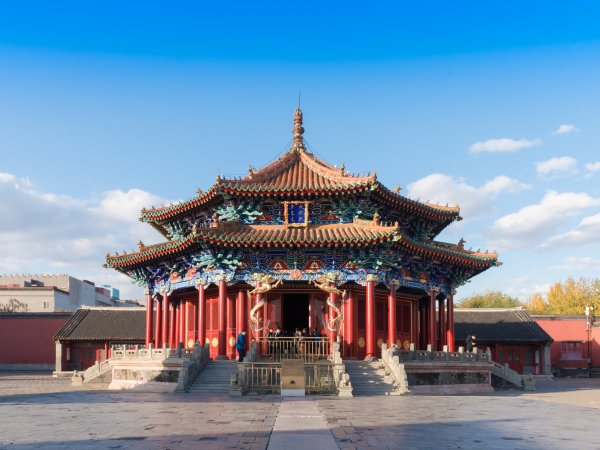
4.National Taipei Palace Museum
The National Taipei Palace Museum is located at the foot of Yangmingshan Mountain in Taipei City, Taiwan Province, and is the largest Chinese museum and research center in the Taiwan region. It was founded in 1962 and is famous for its collection of ancient Chinese relics. The architectural style of the National Taipei Palace Museum is elegant and sober, reflecting the essence of traditional Chinese culture, making it one of the most representative cultural landmarks of Taiwan.

5.Great Palace of the Tang Dynasty
The Great Palace of the Tang Dynasty is located in Weiyang District of Xi'an City, Shaanxi Province, on top of Longshouyuan Hill, and was the political center of Tang Dynasty China. It was built in the eighth year of Taizong's reign of the Tang Dynasty (634 AD) and took almost 30 years to complete. The architectural style of the Great Palace of the Tang Dynasty is magnificent and spectacular, being a symbol of the flourishing of the Tang Dynasty and one of the outstanding representatives of ancient palace architecture in China.
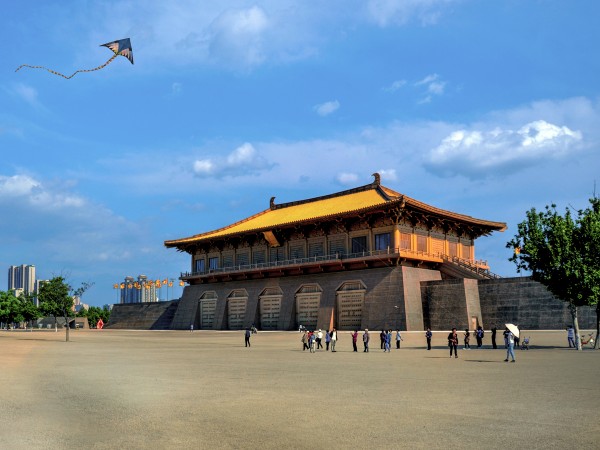
6.Yonghe Temple
Yonghe Temple is located in the southeast of Dongcheng District, Beijing, and was the summer palace of the emperors of the Qing Dynasty. It was built in the thirty-third year of the Kangxi reign of the Qing Dynasty (1694) and took almost 20 years to complete. The architectural style of Yonghe Temple is elegant and solemn, reflecting the characteristics of traditional Chinese culture and being one of the most representative ancient buildings in Beijing.
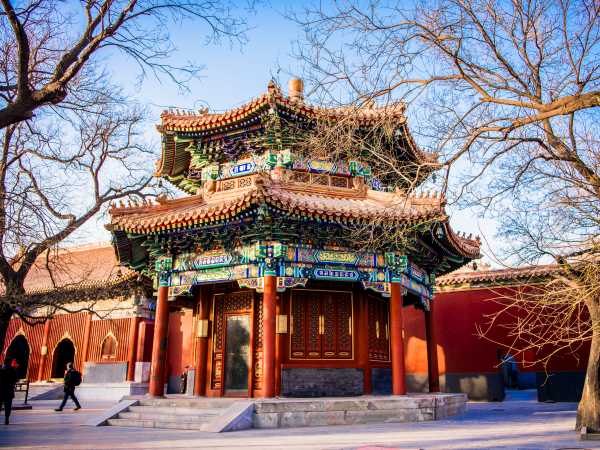
7.Weiyang Palace
Weiyang Palace is located within the archaeological site of the ancient city of Chang'an, in Weiyang District of Xi'an City, Shaanxi Province, and was the political center of China's Western Han Dynasty. It was built during the reign of Emperor Gaozu Liu Bang of the Western Han Dynasty (206-195 BC) and took almost 40 years to complete. The architectural style of Weiyang Palace is magnificent and spectacular, showing the splendor of the Western Han Dynasty era and being one of the most significant palaces in Chinese history.

8.Yongle Palace
Yongle Palace is located within Lüxian Temple, east of Longquan Village, northern Ruicheng County, Shanxi Province, and is one of the three most important places of origin of the Quanzhen sect of Taoism. in China. It was built in the fifth year of the Zhizheng era of the Yuan Dynasty (1339 AD) and took almost 70 years to complete. The architectural style of Yongle Palace is sober and elegant, reflecting the characteristics of traditional Chinese culture, and it is one of the most representative ancient buildings in Shanxi Province.
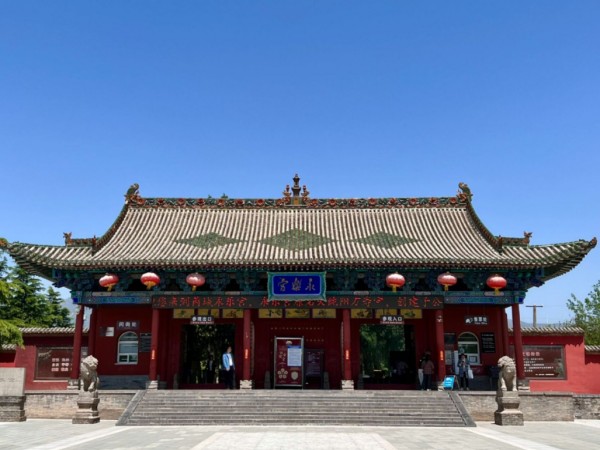
9.Taihe Palace Golden Pavilion
The Golden Pavilion of Taihe Palace is located inside Taihua Temple, Xishan Mountain Scenic Area of Kunming City, Yunnan Province, and is one of the landmark buildings of Kunming City, Yunnan Province, China. It was built during the Yongle era of the Ming Dynasty (1403-1424 AD) and is one of the outstanding examples of ancient palace architecture in China. The architectural style of the Golden Pavilion of Taihe Palace is magnificent and spectacular, showing the exquisite craftsmanship and aesthetic taste of the Ming Dynasty, and is one of China's key relic protection units.
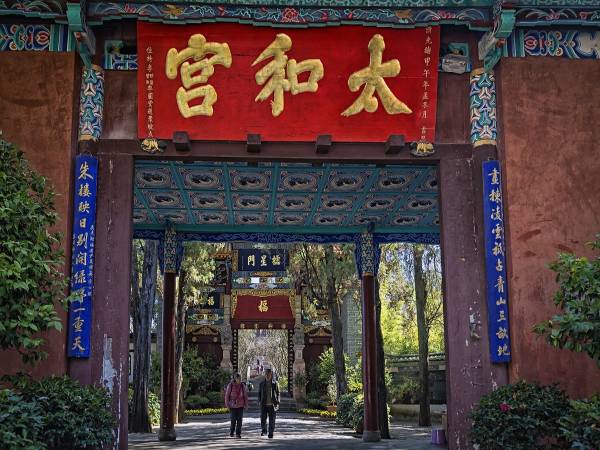
10.Qingyang Palace
Qingyang Palace is located at No. 9, Second West Section of the First Ring of Chengdu City, Qingyang District, Sichuan Province, and is one of the country's major Taoist temples. It was originally built during the Tang Dynasty and was called Qingyang Si. It was renamed Qingyang Palace during the Song Dynasty and was rebuilt during the Ming Dynasty, and has had a history of more than two thousand years to this day. The architectural style of Qingyang Palace is sober and elegant, with high historical and cultural value, and it is one of the most representative Taoist temples in the city of Chengdu.
